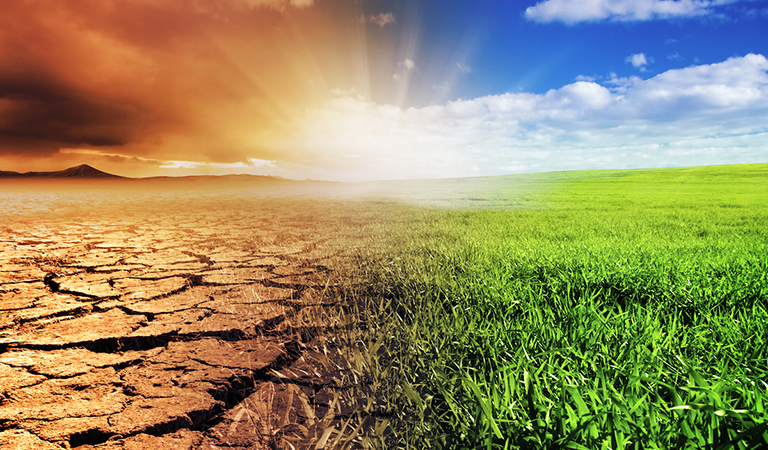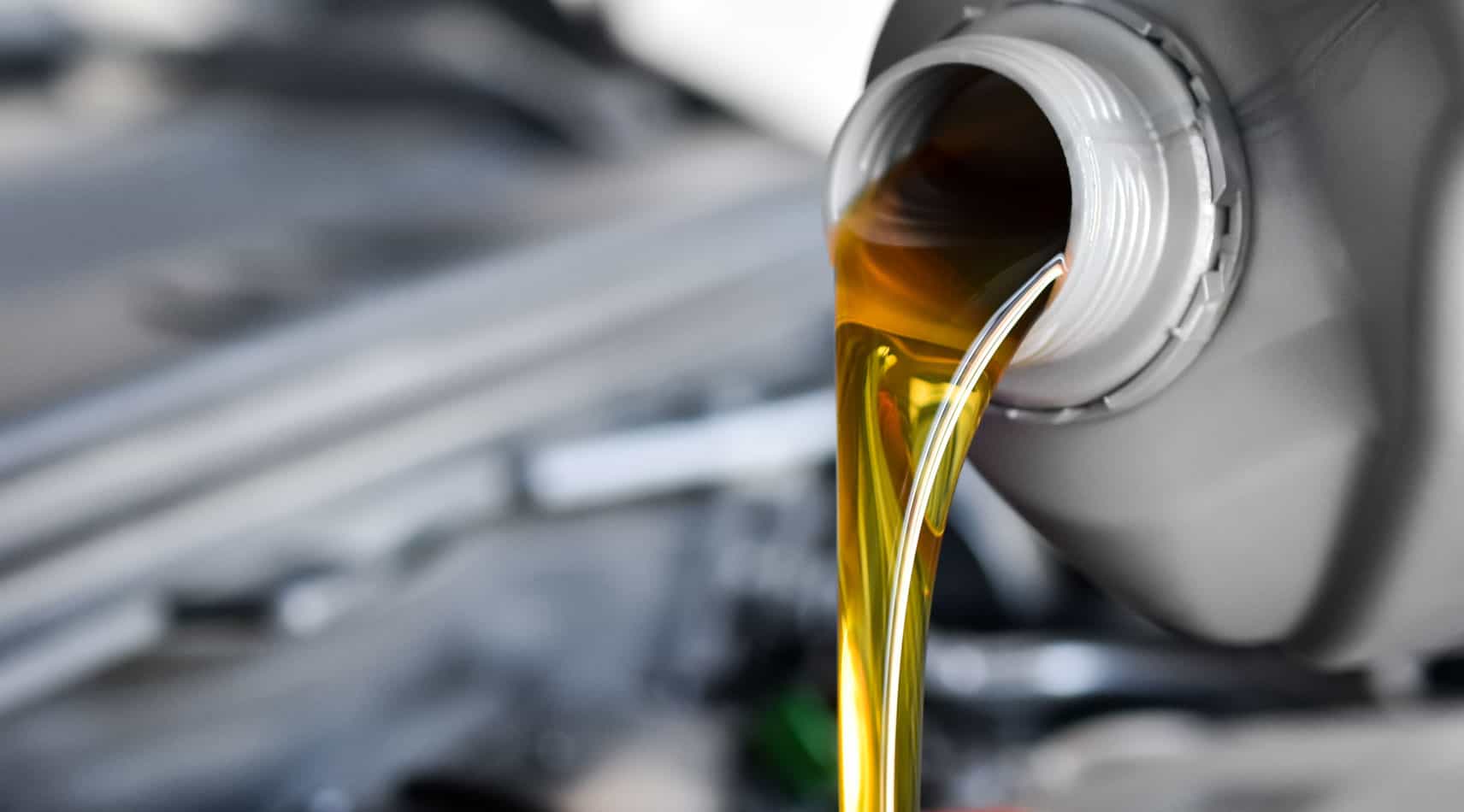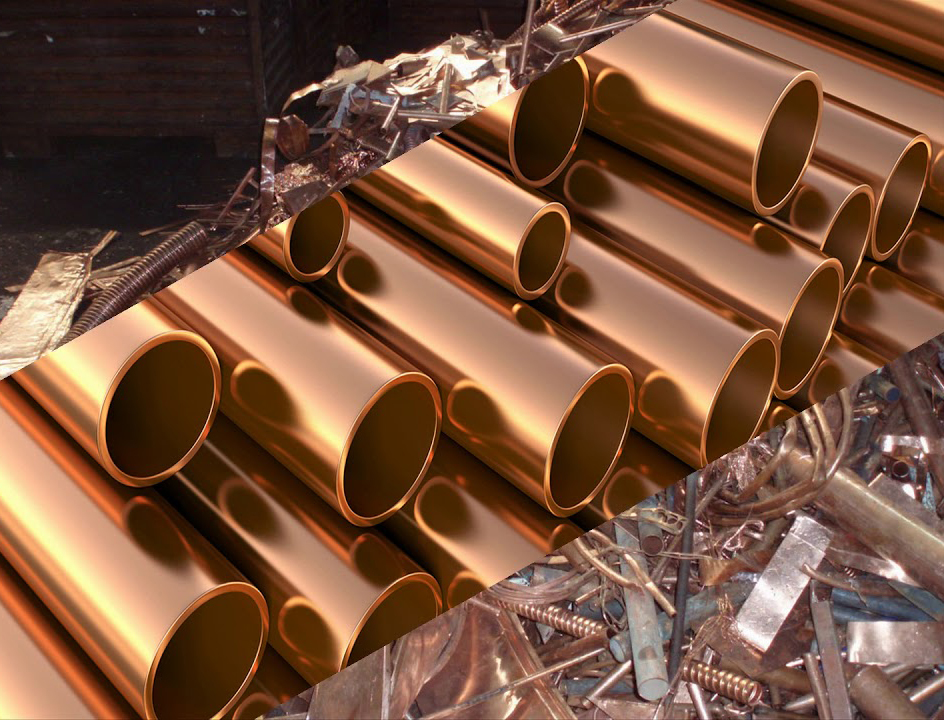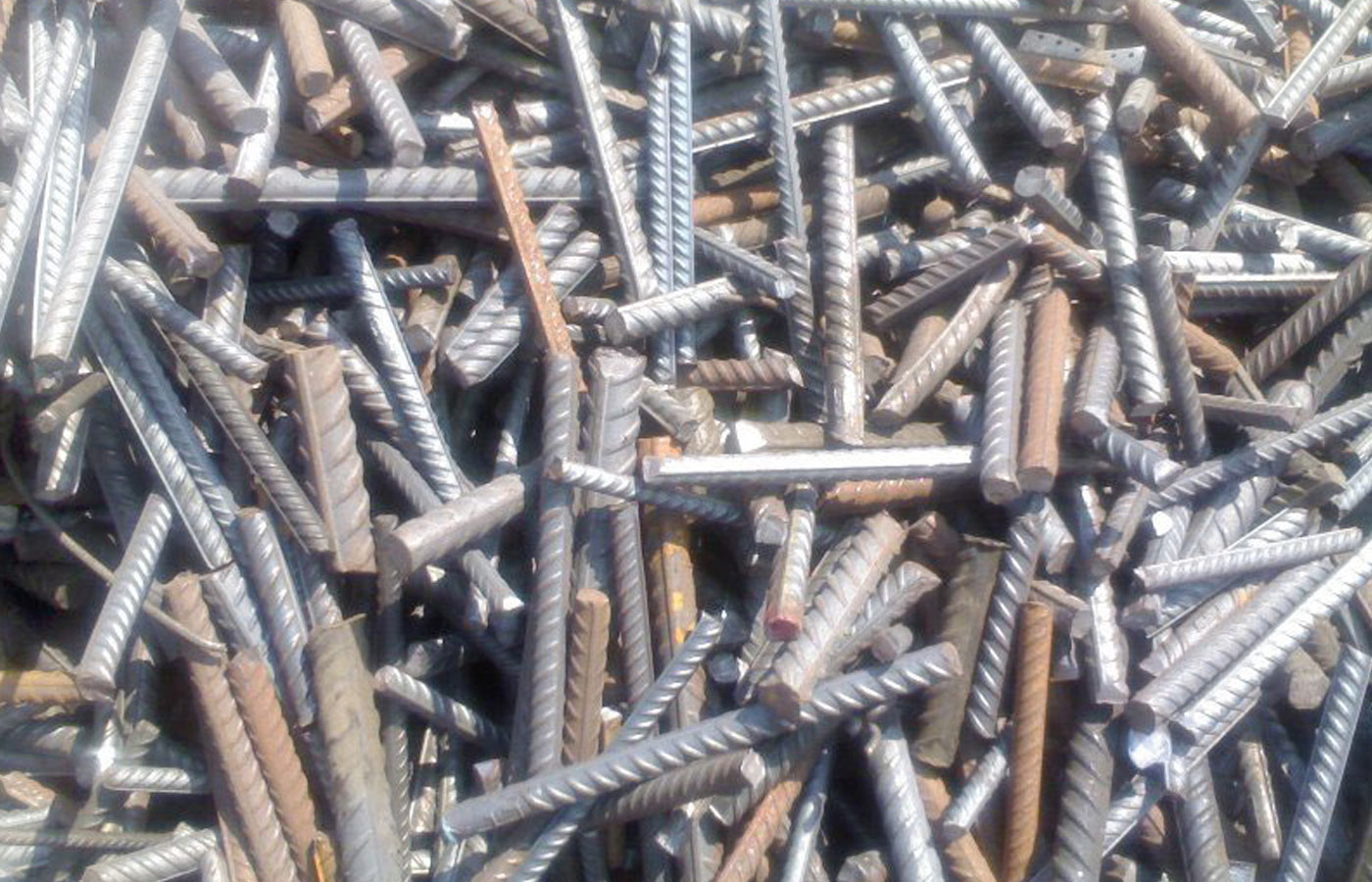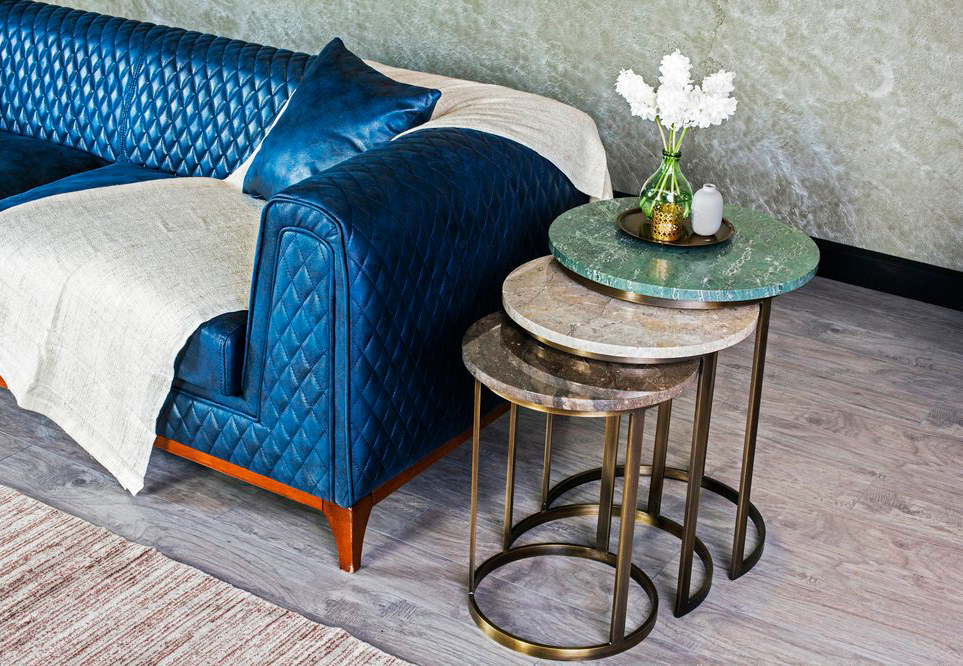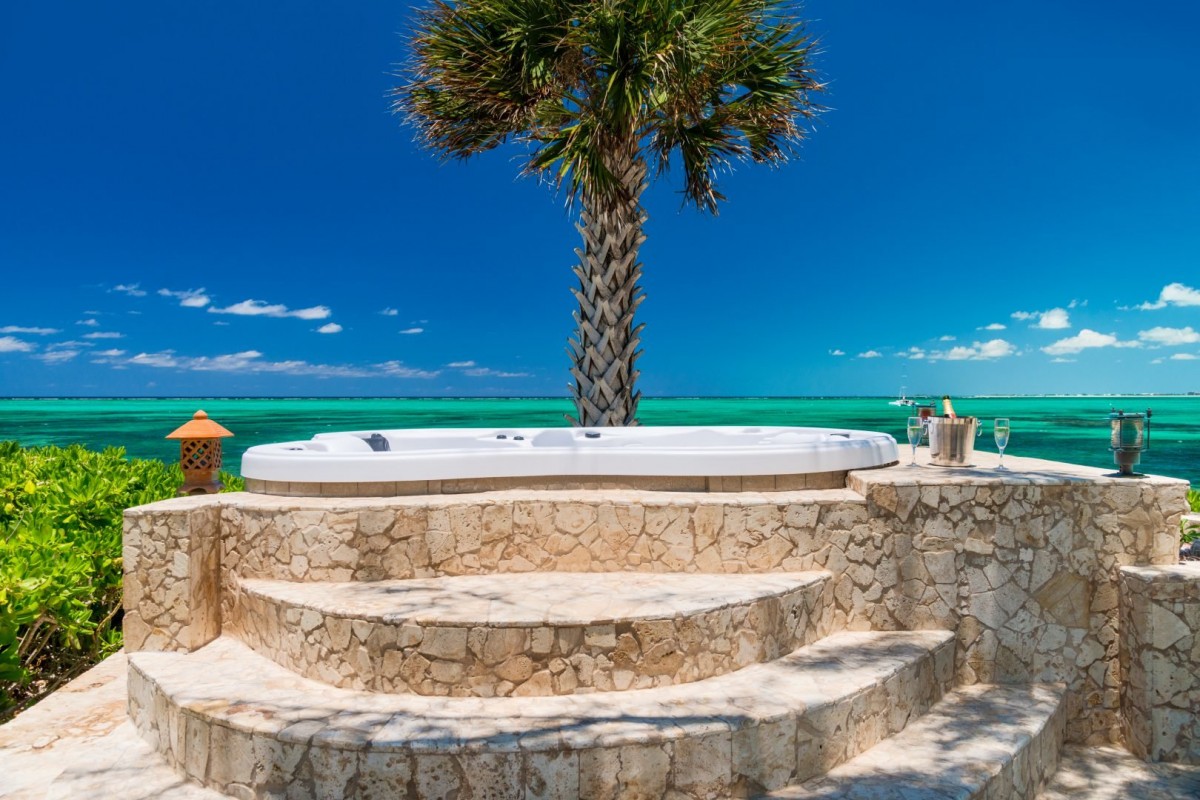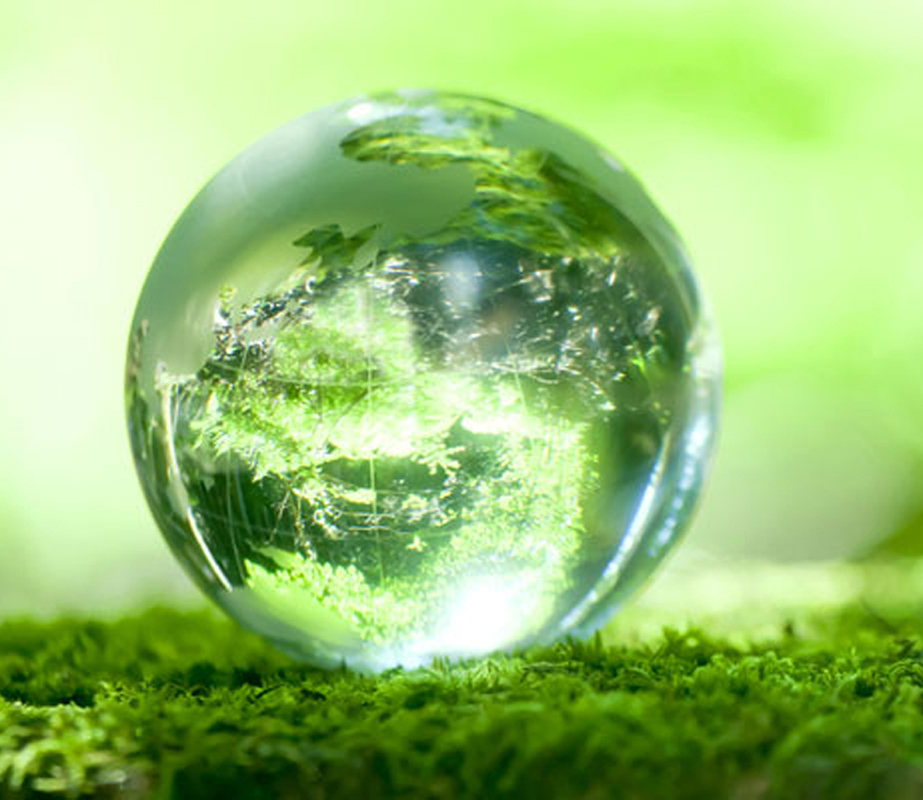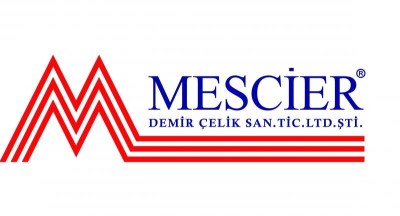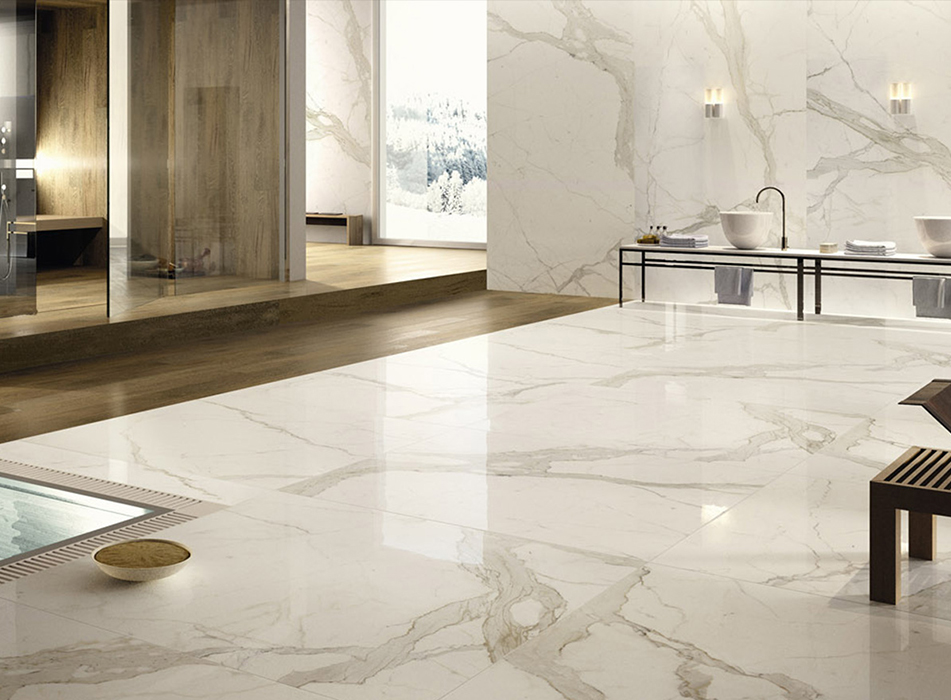
The History of Marble
Many artifacts have been found in the works built before the BC.
Although the types of marbles used in these works are very diverse, their size is very large. Marble is often found in ancient temples, statues, palaces, Egyptian pharaoh graves, pyramids, walls, castles, stadium and open-air theaters.
Romans before Christ, many of bed and marble quarries in Turkey, was operated by the Byzantines and Greeks. A large part of the marble quarries in Turkey, especially the historical reputation of the opium-Iscehisar - Bacakal, Denizli - Honaz, Play, Kaklik Kocabaş Gürlek, Saraykoy İzmir- Ephesus, Kütahya - Altuntaþ - Çalça to, Bileceik - Gulumbe - Lumber, Bursa - Iznik, Izmit - Gebze, Ankara - Kochisar, Yozgat - Akdagi, Nigde - Gumus, especially in all regions are spread.
While the civilizations dominated in Anatolia used a part of this marble in buildings and works in the country, they sent a large part to Europe.
Classification of marble
Although there is nothing to be related to marble today, granites of various colors, diabases and small amounts of (ca) and (mg) containing travertines, serpatins, dolomitic limestones with high (mg) content and sedimentary limestones in fossils are counted as marble. The marbles have different mineralogical, chemical and structural properties depending on the conditions during the formation. For this reason they are classified in different ways.
According to mineral grains
Fine-grained marble (1 mm)
Medium grain marble (1 (5 mm)
Coarse grained marble (5 mm)
Large grain marble (1 (2 cm)
According to mineral composition and proportions
Marble; Contains 95% calcite (CaCO3). It has massive structure and granular texture. It is a metamorphic rock formed by precipitation of calcium carbonate minerals at the bottom of the sea.
calcschist; Contains 60-70% calcite. The schist has structure and directional texture. Chlorite may contain other minerals such as epidote, m, ka and lepidolite.
The spol; It contains 80% calcite. The schist has structure and directional texture. It may include other minerals such as flaapite, tremotil, diopside, plagioclase and gröna.
Marble-skarn; It contains 80-90% calcite. It has massive structure and granular texture. Epidote may contain other minerals such as diopside, grene, olivine and plagioclase.
According to structure and texture
Solid marble; compact, thin and coarse grained.
Laminal marble; In the color banded appearance, fine-grained strips contain different minerals or elements.
Shale marble; It contains a significant amount of mica.
Crucifix marble; It was filled with re-broken secondary minerals. The main fillings may be of different color and mineral content.
Geologically
Magmatic rocks (granite, diabase, syenite, etc.)
Metamorphic rocks (genuine marbles, recrystallized limestones, etc.)
Sedimentary rocks (travertines, onyx marbles, conglomerates, etc.)
Gems from magmatic origin
In fact they are magmatic origin rocks which are evaluated in the industrial definition of marble, which are not marble, but have a beautiful appearance, which accepts polishes and can obtain a sufficiently large block. The compositions include quartz, hornblende and other silicates. Therefore, block production is difficult to cut and polish. But they are more resistant than other types of marble. Granite, diabase, leucite bearing syenite magma origin veserpant days most recognizable examples are marble in Turkey.
Main article: Travertine
CaCO3 magma yield (hot spring water) contact with the atmosphere at the exit to the ground at the time of the outlet, depending on the temperature of the water and the density of the mineral salts they contain amorphous or very small crystals form CaCO3 precipitate. If the temperature of the magma water is too high and the calcium bicarbonate rate is too high; precipitation will occur rapidly. This formation is called travertine precipitation. Light or large amounts of plant stalks and leaves, as well as fossils of marine and land animals, are called "Limestone Tuff". The best example of limestone tuffs; It is known to be unique in the world and not just in Turkey, in particular, and a large portion of chocolate or cappuccino is the type referred to by name issued by the manufacturer Denizli and its vicinity. Travertines constitute important rocks in terms of construction. they are used as coating materials by cutting, as applied in large blocks.
Travertine Application Types
Honing: Travertine is the semi-matting of the surface of the tile with certain abrasives. A good honed surface is neither as bright as reflective of light, nor rough, and resembles a satin texture.
Polishing: The surface of the travertine tile is transported to a perfectly smooth surface to reflect the light with certain abrasive groups.
Scrubbing (Patinato): It is the abrasion of the surface of the travertine tile until it gets an old texture with special abrasive brushes.
Edge Breaking: The edges of the travertine tiles are broken by means of mechanical processes, thus obtaining an ancient, aged texture.
Tumbling - Tumbling: Travertine products will be exposed through the ages of erosion and worn out by mechanical means to gain appearance.
Filling: It is the filling of pores or pores naturally occurring within the travertine with special cement or chemicals.
Cross - American Section: Parallel to the layers of travertine. This type of cut gives less movement and a stable texture.
Vein Cutting: It is the section made perpendicular to the layers of travertine. All natural beauty of the travertine and linear structure is laid out in the eye.
diabases
They are deep-deep magma-derived half-depth rocks forming a group of hard natural stones with shades of green and green. The ratio of silica in the chemical composition varies between 45-52%. Mineral compositions consist of proxen and plagioclase. They never contain quartz and K-feldspars.
Syenite; roughly known as gran granite without quartz kab. They get names according to their color elements. Biotothic syenite, horblended syenite, augmented syenite and leukitic syenite. These stones which are separated from the granites by the decrease of quartz are rarely porphyritic textured, coarse or fine grained and not soft.
coils
Olivine and olivine peridotite occurs by the hydration of magma rocks such as gabbro and diabase by the effect of water. Sometimes dolomite is affected by hot SiO2 water. SiO2 content is less than 45%. Colors; green, yellowish, red, coffee and blackish. They are usually stained and variegated due to different colors. They are very dense and hard.
Onyx Marbles
Magma yield The temperature of the water with CaCO3 is very low, contains more mineral salts in terms of its content and the amount of water is low; the precipitation process will take place more slowly. Stone occurring under these conditions; crystallized, dense and highly transparent. These stones are called twelve marble or "Marble". They are usually white, red, yellow and green and they are translucent. The light can pass to 1-3.5 cm depth. True Onyx; The composition is a calcined stone which is silica. Used as jewelery. Onyx marble; Although it is less similar to the True Onyx, it consists of CaCO3 as a compound. The crystal grains are Aragonite.
Marble Production
Located in the alpine zone where the world's richest natural stone formations, Turkey has a very diverse and large amounts of marble reserves. Turkey, with technology used in the manufacturing industry and emerging addition to these sources are among the most important natural stone producers in the world.
These important reserves spread over a wide region throughout Anatolia and Thrace. Afyon, Denizli, Bilecik, Balıkesir, Muğla, Amasya, Elazığ and Diyarbakır are the provinces where the reserves are concentrated. Over 80 different structures in Turkey marble reserves have been identified over 120 different colors and patterns. There are more than 500 quarries, 900 factories and 5000 workshops in the sector.
Marble production in the world
Country Production (Ton)
1 China 11,000,000
2 Italy 8,700,000
3 Spain 4.500.000
4 India 4.500.000
5 Brazil 2,000,000
6 Korea 2,000,000
7 Turkey 2,000,000
